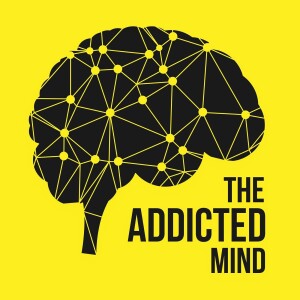
29: Lighting Up The Brain - Transcranial Magnetic Stimulation With Suzanne Jessee
 2018-03-01
2018-03-01
Susanne Jessee is with us today to talk about Transcranial Magnetic Stimulation (TMS). TMS is a relatively new treatment, at least in the United States, for individuals who are struggling with depression.
Depression is often present in addiction and TMS is something that may help people that are struggling with addiction and treatment-resistant depression.
Susanne Jesse is the CEO and founder of Anew Era TMS in Huntington Beach, California.
To start, Susanne breaks down what TMS stands for. Transcranial means “beneath the cranium,” and magnetic stimulation means “stimulation using magnets.” The technology behind MRI magnets is used in TMS. But the big difference between TMS and MRI magnets is that the TMS magnetic technology creates a field of energy that is fairly intense that penetrates beneath the cranium into the brain.
TMS focuses in on the mood center of the brain that is responsible for the depressive symptoms. That area is stimulated to wake up those neurons again so that they are able to fire efficiently and transmit the neurotransmitters across the synaptic gap more efficiently.
If you look at an MRI of a depressed brain, you will see that it just doesn’t light up. The neurons are not firing. After TMS treatment, you can see that it is lit up with all the magnificent colors as it is in people that are not depressed. So that term, depression, comes from the fact that the neurons are depressed. They are not functioning correctly.
What is a person that is treatment resistant? Susanne tells us that a large percentage of the population are non-responders to psychiatric medications. These medications are not an exact science so a patient may have to try many different drugs to find one that works for them.
Susanne explains that her objective is not to take patients off of their medications. TMS helps those medications to work better because the medicine can’t work if your neurons aren’t firing. TMS stimulates those neurons to fire which makes the medication work more efficiently. In some instances, patients are then able to reduce the number of medications they take or the volume in which they receive them.
For patients that have tried psychotherapy, and medications, and they haven’t seen the results that they are looking for, TMS may be very beneficial.
Even though TMS has been used in Europe and Asia for more than 20 years, it is now being used in the United States. This use is mainly due to TMS being approved by the FDA for depression, but it can also be used to treat conditions like PTSD, OCD, anxiety, smoking cessation. It has also been used to address issues like dementia and Alzheimers. This cutting-edge technology has so many different opportunities for treatment that weren't available before TMS coming to the United States.
TMS is completely noninvasive. Patients can drive themselves in, have a 45-minute treatment, and then drive themselves home. The only possible side effects are sometimes a mild headache.
Susanne encourages people to come in for a free consultation and see the equipment. Her team of psychiatrists will do an overall assessment to see if this type of treatment is appropriate for you.
More Episodes
Create your
podcast in
minutes
- Full-featured podcast site
- Unlimited storage and bandwidth
- Comprehensive podcast stats
- Distribute to Apple Podcasts, Spotify, and more
- Make money with your podcast
It is Free
- Privacy Policy
- Cookie Policy
- Terms of Use
- Consent Preferences
- Copyright © 2015-2024 Podbean.com






